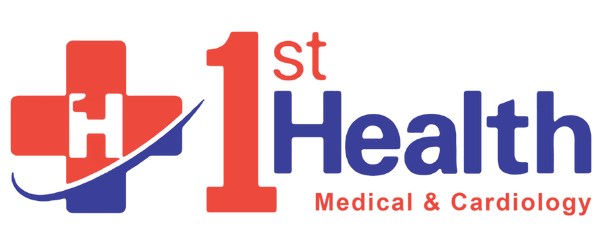Antiplatelet and Anticoagulant Therapy: Understanding Blood Thinners for Cardiovascular Health

Antiplatelet and Anticoagulant Therapy
Blood clots are a natural response to injury, helping to seal wounds and prevent excessive bleeding. However, sometimes blood clots can form within blood vessels when they aren’t needed. These internal clots can block blood flow to vital organs, leading to serious health consequences like heart attack, stroke, or deep vein thrombosis (DVT). This is where antiplatelet and anticoagulant therapy come into play.
These medications, often referred to as blood thinners, work in different ways to reduce the risk of blood clot formation and improve blood flow. Understanding the distinction between these two types of medications and how they work is crucial for patients who require them.
Antiplatelet Therapy: Targeting Platelet Aggregation
Platelets are tiny, disc-shaped cells in the blood that clump together to form clots when a blood vessel is injured. Antiplatelet medications work by interfering with this clumping process, making it less likely for platelets to form clots.
Common Antiplatelet Medications:
- Aspirin: The most widely used antiplatelet medication. It works by irreversibly inhibiting an enzyme called COX-1, which plays a role in platelet activation.
- P2Y12 Receptor Inhibitors: These medications, such as clopidogrel, prasugrel, and ticagrelor, block a specific receptor on the platelet surface, preventing them from responding to signals that trigger aggregation.
Who Needs Antiplatelet Therapy?
- Individuals with a history of heart attack, stroke, or peripheral artery disease (PAD) may benefit from antiplatelet therapy to prevent future clotting events.
- Patients undergoing stent placement after a coronary artery blockage often receive a combination of aspirin and a P2Y12 inhibitor for a specific duration.
Anticoagulant Therapy: Inhibiting Coagulation Cascade
Anticoagulant medications target a different stage of blood clotting, the coagulation cascade. This complex series of protein reactions ultimately leads to the formation of fibrin, a mesh-like protein that forms the clot. Anticoagulants work by inhibiting specific enzymes or factors involved in this cascade, thereby slowing down or preventing clot formation.
Common Anticoagulant Medications:
- Warfarin: This traditional anticoagulant medication has been used for decades. It works by blocking the action of vitamin K, which is essential for the production of several clotting factors.
- Direct Oral Anticoagulants (DOACs): These newer medications, such as dabigatran, rivaroxaban, apixaban, and edoxaban, have gained popularity due to their ease of use and fewer food interactions compared to warfarin. They target specific enzymes involved in the clotting cascade.
- Heparin: This injectable anticoagulant is often used in hospitalized patients or for short-term anticoagulation needs. It has a rapid onset of action but also a shorter duration of effect compared to other options.
Who Needs Anticoagulant Therapy?
- Individuals with atrial fibrillation, a heart rhythm disorder that increases the risk of blood clots forming in the heart chambers, often require anticoagulant therapy to prevent stroke.
- Patients with a history of DVT or pulmonary embolism (PE), a blood clot in the lung arteries, are typically prescribed anticoagulants to prevent recurrence.
Choosing the Right Therapy: A Balancing Act
The choice between antiplatelet and anticoagulant therapy depends on the specific medical condition and individual risk factors. Here’s a simplified breakdown:
- Antiplatelet therapy is generally preferred for preventing blood clots related to coronary artery disease and peripheral artery disease.
- Anticoagulant therapy is more effective in preventing clots formed in the veins, such as those associated with atrial fibrillation, DVT, and PE.
However, the decision-making process is more nuanced. Some patients might benefit from a combination of antiplatelet and anticoagulant therapy, while others may have specific medical conditions or bleeding risks that necessitate careful consideration of the best option.
Important Considerations for Antiplatelet and Anticoagulant Therapy
While these medications offer significant benefits in preventing blood clots, there are also important considerations:
- Bleeding Risk: Both antiplatelet and anticoagulant medications increase the risk of bleeding. This risk needs to be weighed against the potential benefits of preventing a clot-related event.
- Drug Interactions: These medications can interact with other drugs, vitamins, and herbal supplements. It’s crucial to inform your doctor about all medications you are taking.
- Monitoring Requirements: Warfarin requires regular blood tests to monitor its effectiveness and ensure proper dosing. Some DOACs may also require monitoring depending on the individual and specific medication.
Take Action Now
Don’t wait to take control of your health. If you want to learn more about Antiplatelet and Anticoagulant Therapy, contact 1st Health Medical & Cardiology today.
Schedule an appointment today.
